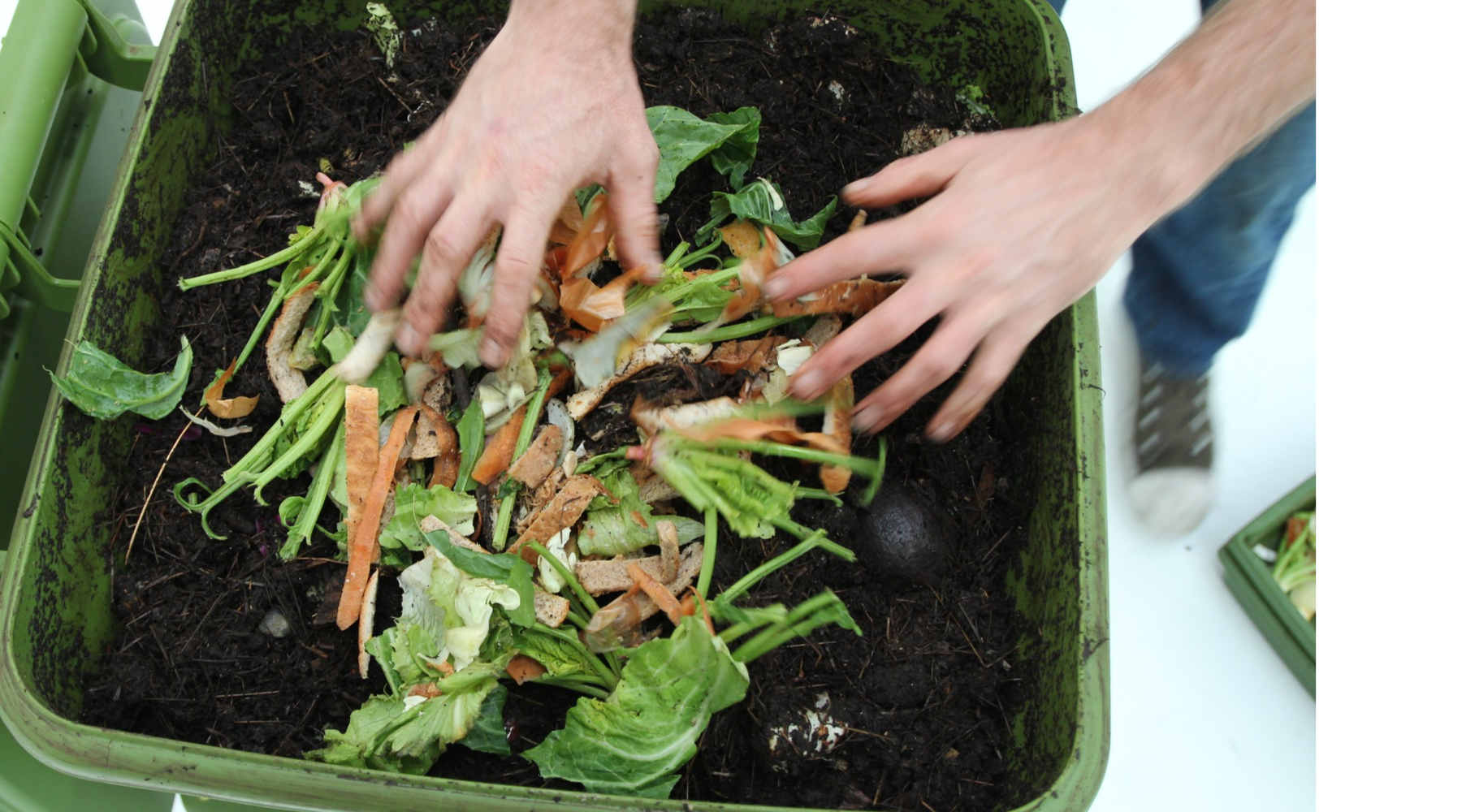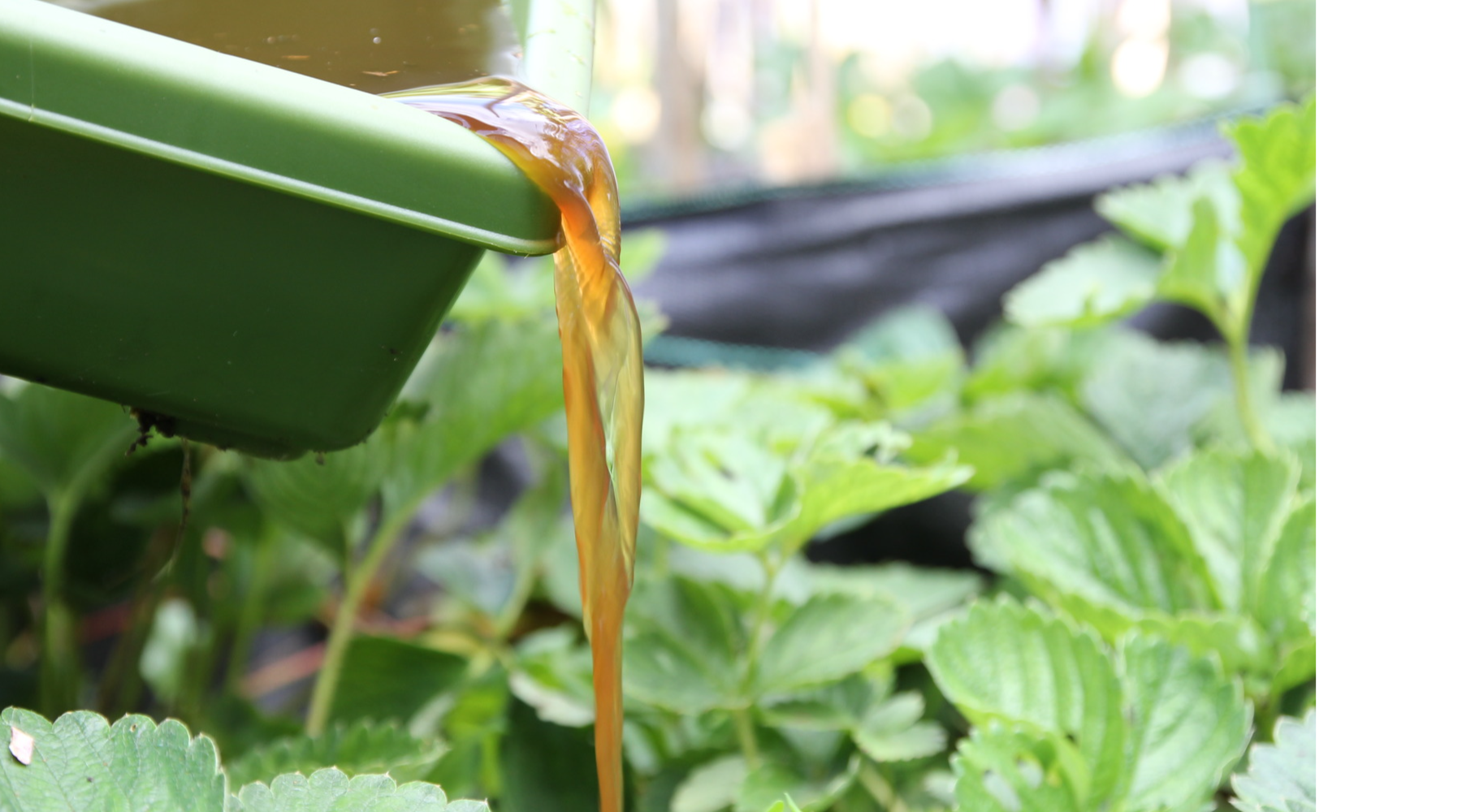Your Hungry Bin is not just a composting system; it's a living ecosystem that, when treated right, can operate at peak efficiency, transforming your kitchen scraps into nutrient-rich worm castings. To get the most out of your Hungry Bin, follow these simple yet essential rules to maintain ideal conditions and foster a thriving composting environment.
1. Mindful Feeding: Feed your hungry bin with intention and moderation. Limit each feeding to a maximum layer of 2.5cm (1in) at any given time. Overfeeding can disrupt the balance within the bin and lead to issues such as rotting food, unpleasant odors, and inefficient composting.
2. Control Uneaten Food: Maintain a watchful eye on uneaten food levels, ensuring they don't exceed 5cm (2in) in depth. A build-up of uneaten food promotes the growth of acidic and putrid substances that worms avoid. By managing uneaten food, you create an environment conducive to efficient composting.
3. Balance Acidity with Fibre and Lime: Occasionally introduce fibrous materials like shredded paper or cardboard, dead leaves, sawdust, or old grass clippings (brown) to the bin. A sprinkling of lime or wood ash during feeding helps balance acidity and keeps the bin smelling fresh. This simple step contributes to the overall health of your composting system.
4. Choose Food Wisely: Avoid introducing large quantities of processed and acidic foods into the bin. Processed items like bread or pasta can become overly acidic during decomposition. Similarly, limit acidic foods such as lemon rinds, onion, and fruit skins to maintain a harmonious and odor-free environment.
5. Harvest at the Right Time: Patience is a virtue when it comes to harvesting castings. Only remove castings when the hungry bin reaches the top of the taper. This ensures that the castings in the lower part of the bin are fully compacted, cured, and ready for use.
Signs of a Healthy Bin: A well-maintained hungry bin will exhibit the following signs:
- Minimal Odor: A properly functioning bin should emit very little smell.
- Abundant Worm Population: Expect to see large numbers of worms, including juveniles, thriving in the top layer.
- Quality Castings: High-quality worm castings should be present approximately 30cm (12in) below the top layer, with very little uneaten food.
- Tea-Colored Liquid: The liquid draining from the bin should resemble strong tea, exhibiting little to no unpleasant smell.
By adhering to these guidelines and recognizing the signs of a healthy bin, you can optimize the efficiency of your Hungry Bin and reap the rewards of nutrient-rich worm castings for your garden. Transform your kitchen waste into a sustainable source of nourishment for your plants while contributing to a healthier planet. Happy composting!



